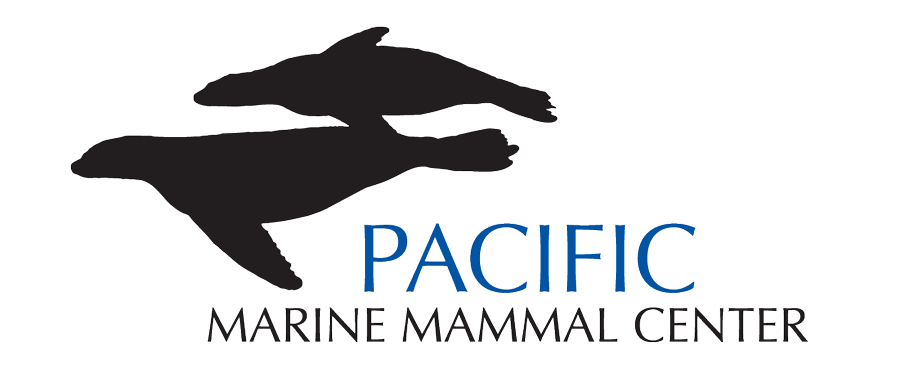Pacific Marine Mammal Center

Pacific Marine Mammal Center:
The Pacific Marine Mammal Center rescues, rehabilitates, releases marine mammals and inspires ocean stewardship through research, education and collaboration.
Come see some some of the current rescued patients recovering. You will be greeted by volunteers who will introduce you to the California sea lions, Northern elephant seals, Pacific harbor seals or Northern fur seal patients. The yard features interactive displays, marine mammal artifacts & Treasure Trove gift shop.
FREE admission, but donations are appreciated!
Rescue:
Unlike whales and dolphins, seals and sea lions don’t have to remain in water in order to survive. The animals beach themselves to be warm and dry when feeling ill. They seek rest on land for a variety of reasons and are not always in need of intervention. Staff is trained to recognize animals suffering from infections, malnourishment, pneumonia, gill net strangulation, etc. which can harm an animal’s chance for survival.
Rebilitiation:
When a “patient” is admitted, the staff performs all necessary procedures under the direction and protocols set by the Animal Care Director and our Veterinary Medical Director. During the course of rehabilitation, animals require a variety of treatments such as administration of antibiotics and subcutaneous fluids, tube feeding, force feeding, wound care, etc.
Most animals come in dehydrated and the most effective means to provide fluids and nourishment is through tube feeding. The process requires blending of fish, electrolytes, warm water, vitamins, and medication into a fish formula. This formula is fed to the animals by inserting a flexible tube into the stomach using large syringes. As soon as the animals are hydrated and stable, we wean them to eat whole fish.
Release:
Once an animal has gained an optimal weight and is competing for food, it’s ready for release. Prior to release, each animal is tagged with an identification number. The color-coded tags indicate the animal has been rehabilitated and helps identify the specific animal and care center in case the animal needs care in the future. The goal is to return every one of the patients back to the wild once their care is complete.
Other offerings:

